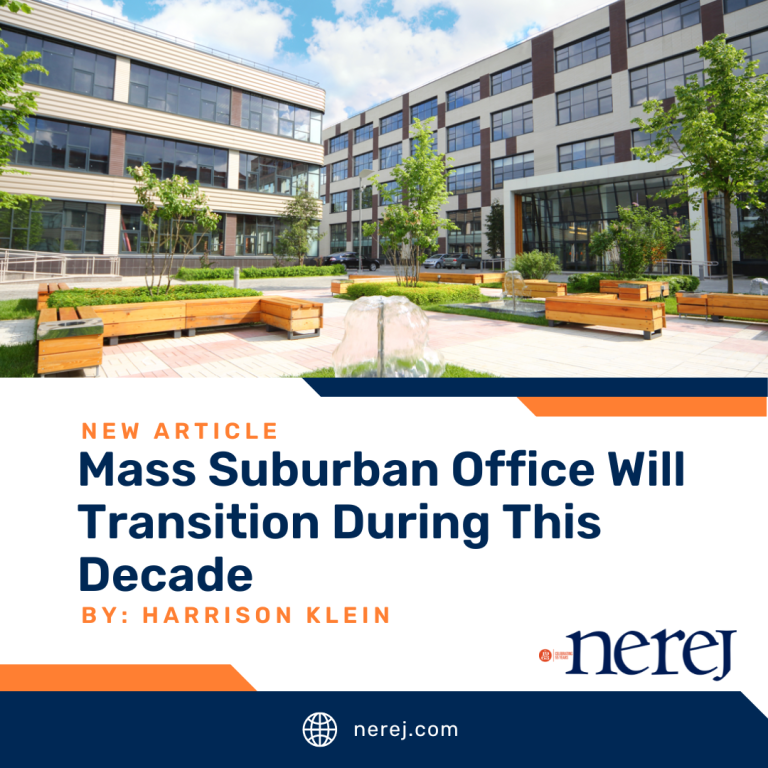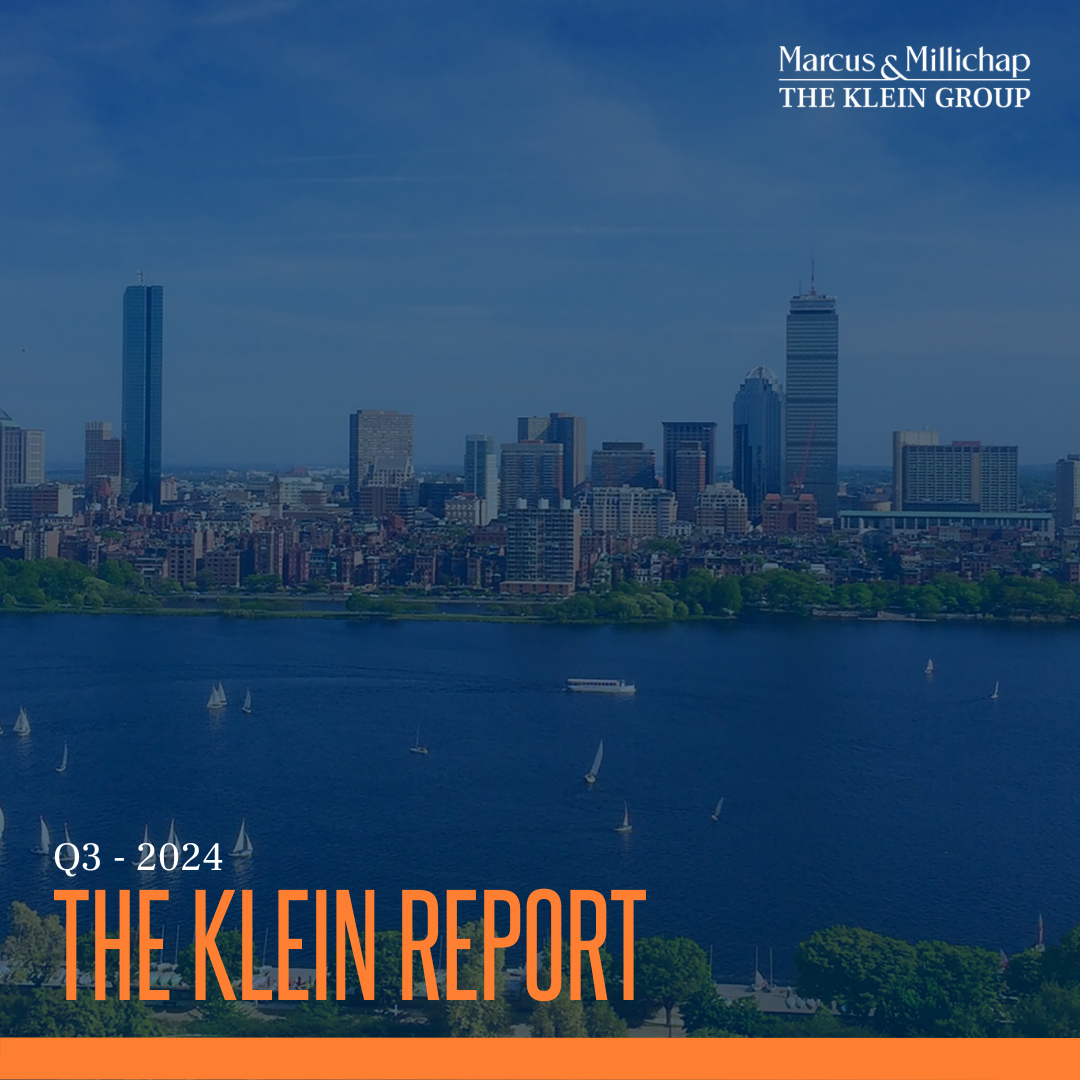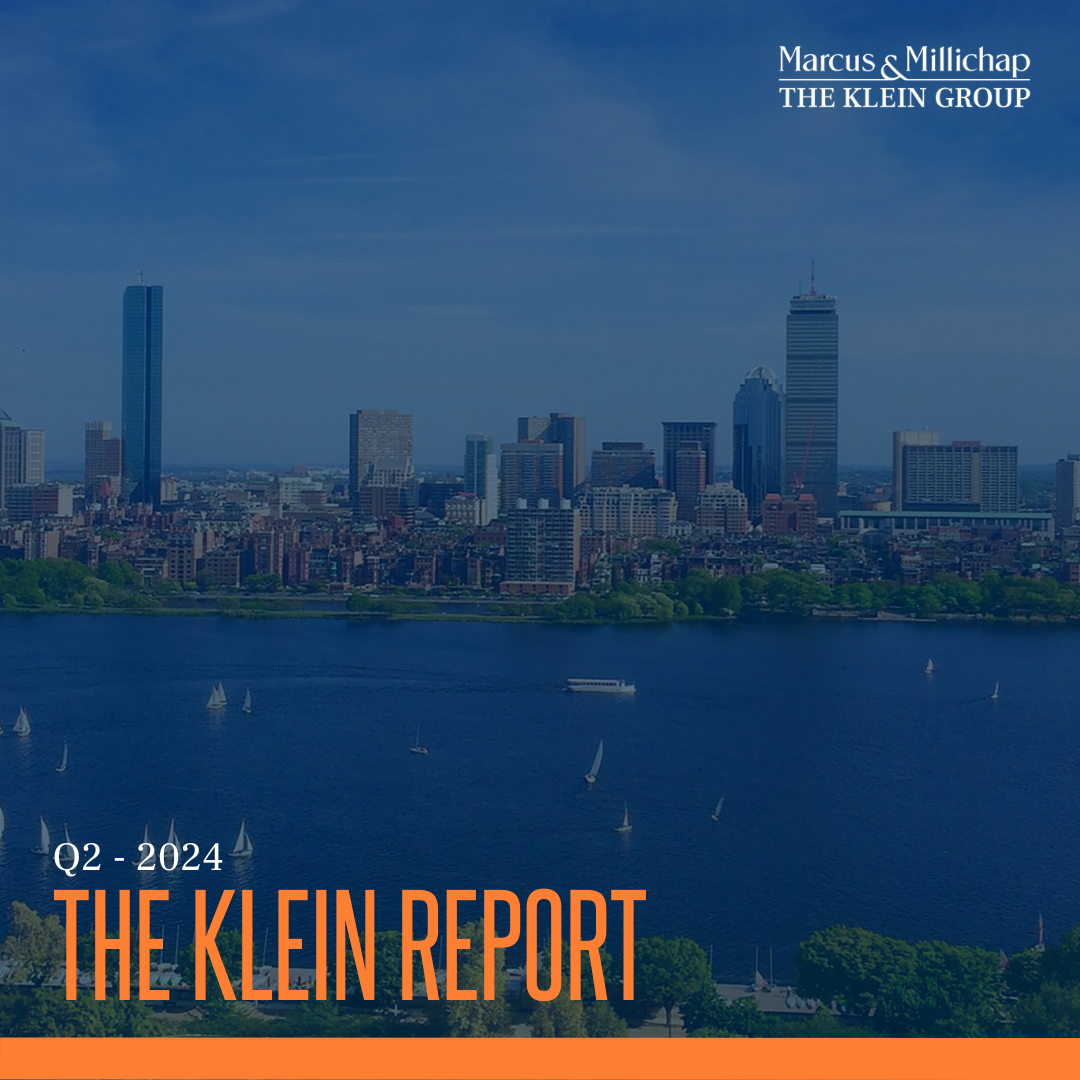Kastle Systems tracks key card swipes at office buildings and claims that occupancy is leveling off at 43%. With a statistic like that, it’s understandable to jump to the conclusion that the office building sector is doomed. Fortunately, this statistic is grossly misleading, pre-COVID, occupancy never exceeded 80%. Sick days, business travel and remote work take people out of the office. Perhaps more importantly, this data is skewed towards buildings within Central Business Districts which serve a distinctly different purpose than suburban office buildings and are impacted differently by today’s changing demographics.
Only 150 buildings between 35,000 s/f and 175,000 s/f have been delivered since 2002. Conversely, 623 buildings were built during the previous 20 years from 1982-2002. This reflects the dot-com buildup, bust and the tech exodus to California. Some markets, such as the I-495/I-90 region have still not truly recovered, 20 years later. These buildings are turning 40 years old and a significant number have not aged well. With rents that have remained stagnant in the new millennium, legacy ownership has little motivation to invest towards improvements. New ownership will review options including lab/flex conversion, a demolition, or expensive renovations. This glut of tired space creates an opportunity for owners to deliver compelling spaces though that thrive in the post COVID world.
Rte. 128 was dubbed the Technology Superhighway in the 1990s over 30 years ago. This aging building stock needs to be updated, demolished, or repurposed. Lab conversions have resuscitated dozens of buildings north of Boston, with a focus on the towns of Burlington, Waltham, Lexington and Bedford. In late 2021, Amazon bought a 93-acre site with a 685,000 s/f office building in Westborough for $65 million which will be demolished and repurposed for distribution. A handful of other high profile corporate campuses along the I-495 belt are currently scheduled for demolition. In our gateway cities, such as Worcester and Lawrence, historic office buildings, many built in the 1920s and 1930s, are being converted to housing. By leveraging historic tax credits, developers are able to re-purpose these architecturally meaningful buildings to create housing where it is needed. As office sites are re-purposed and supply comes off line, the vacancy rate will naturally decrease.
What is important in modern day suburban office buildings? Tenants want modern, well lit, clean space.Keycard entry, LED lighting, modern HVAC, abundant natural light, and adequate elevators are non-negotiables for most tenants. Adequate parking and easy highway access are important. Many downsizing tenants are looking for shared conference space. Location is more important than ever in a cycle where tenants have numerous options. Tenants serving the life science industry are focused north of Boston in places like Burlington, Waltham and Lexington. Many tenants below 5,000 s/f choose locations that are convenient for the top executives. For this reason, we see strong occupancy in places like Waltham that cater to executives living in adjoining, affluent towns.
What headwinds does suburban office face? During the next few years, we will see shifts in the market with more available space than normal. This should be transitory as tenants right size, right locate and right “amenitize”. High construction costs, with many tenant improvement budgets exceeding $100 s/f are expected to remain a permanent fixture in the space. Finally, high operating expenses, particularly from a labor and utilities standpoint are unlikely to revert to 2019 levels. These factors have spooked much of the investor market away from office product, potentially creating opportunities for buyers able to identify the right opportunities.
Tenants are looking to move closer to their employees as competition for talent remains a key concern.While pre-COVID this meant moving to expensive office space in the city, it now often means satellite offices in the suburbs. Given hybrid work schedules, efficient office layouts and a hybrid remote-work schedule, many tenants are downsizing. Tenants downsizing 10%-30% per employee is a trend that began decades before COVID. This trend is unlikely to continue through another round of lease renewals. Most occupants have already narrowed their footprints by removing large computer rooms, filing cabinets, large waiting areas and massive executive suites. Once the ratio for necessary square feet/employee stabilizes, the office market will be able to begin growing in earnest.
Giant corporate campuses housing thousands of people are unlikely to be the future of office in Massachusetts. Smaller satellite offices, ranging from 1,000-15,000 s/f are seeing a resurgence. Buildings with floorplates that serve these tenants are thriving while those that require large tenants have often seen long -erm vacancy. These smaller suites are being taken by traditional small businesses such as accounting firms, attorneys, billing companies, real estate firms and other professional service providers. Medical adjacent uses such as therapists, home health agencies and medical billing also frequently take smaller spaces in older buildings. While large tenants expect expensive fit up work, these smaller tenants generally only need paint and carpet. Given the ease of transitioning tenants, landlords reduce their risk and buildings are less dependent on the tenant’s credit.
To purchase a house near Rte. 128 today, a family needs income of about $250,000. This means that many millennial workers, with young families, are being asked to commute from the 495 belt into Boston. The pandemic showed many workers how much better life was without this commute. It also showed many employers that a remote workforce is lacking in numerous ways. As millennials have kids, take leadership roles at work and move to the suburbs, employers will provide workspace closer to where employees live. This shift benefits high quality suburban office.
Suburban office will transition during this decade. What was true in 2000 may no longer apply. Virtual work is an option, however many believe physical space has advantages. This physical space must be clean, bright and exciting. It must also be located near management and staff as traffic gets worse and employees willingness to endure it decreases.Office investing offers immediate cash flow and generally higher yields. Strategic value-add projects will create returns to investors as tenants are willing to pay for special space. Suburban office is not dead.
Harrison Klein is first vice president investments and leads The Klein Group of Marcus & Millichap, Boston, Mass.
This article was first published by NEREJ.




